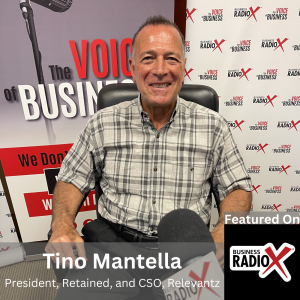
Building Beautiful Smiles, with Dr. Korry Tauber, STABLE Orthodontics (North Fulton Business Radio, Episode 789)
In this episode of North Fulton Business Radio, host John Ray welcomes Dr. Korry Tauber from STABLE Orthodontics. They discuss Dr. Tauber’s journey into orthodontics, his educational background, and his passion for creating beautiful smiles. Dr. Tauber outlines the technological advancements in orthodontics, the art and science of dentistry, and the various specialized services offered at his practice, including custom mouth guards and whitening treatments. He also touches upon their unique programs for children and shares the heartwarming story of an adult patient.
John Ray is the host of North Fulton Business Radio. The show is recorded and produced from the North Fulton studio of Business RadioX® inside Renasant Bank in Alpharetta.
Dr. Korry Tauber, STABLE Orthodontics

Dr. Korry Tauber grew up in North Georgia and remembers fondly spending time in the dental office, where his mother cleaned his teeth as a dental hygienist. This naturally drew him to the field of dentistry, where he wanted to create beautiful smiles.
Dr. Tauber graduated from South Forsyth High School in Cumming, GA. He then studied at the Honors College at the University of Georgia, where he earned his Bachelor of Science Degree in Biochemistry and Molecular Biology and graduated Phi Beta Kappa. He pursued his Doctorate of Dental Surgery (DDS) degree at the University of North Carolina, Chapel Hill. While at UNC, he was awarded the Robert E. Bryant Public Service Award for developing an oral hygiene education program for both English and Spanish speakers. The International College of Dentists also recognized him as one of the future leaders of the industry.
Upon graduating, Dr. Tauber was presented with the American Association of Orthodontists’ Award for Interest in the Development of the Oro-Facial Complex and was inducted into Omicron Kappa Upsilon, the National Dental Honors Society. He was presented with the society’s most prestigious accolade, the Dr. William S. Kramer Award of Excellence, for demonstrating scholarship, character, and promise for the advancement of dentistry and service to humanity.
 Dr. Tauber went on to complete additional training exclusively in orthodontics at the University of Oklahoma Health Science Center, where he earned a Master of Science Degree and Certificate in Orthodontics. During his orthodontic training, he developed a novel survey that aids orthodontists when communicating with patients and their families about diagnosis and treatment.
Dr. Tauber went on to complete additional training exclusively in orthodontics at the University of Oklahoma Health Science Center, where he earned a Master of Science Degree and Certificate in Orthodontics. During his orthodontic training, he developed a novel survey that aids orthodontists when communicating with patients and their families about diagnosis and treatment.
Since returning home to Georgia, Dr. Tauber and his wife Jane, a UGA alumna and local school teacher, are grateful to serve the community in which they were raised. Together with their son Jordan and dog Hirshy, Dr. Tauber and Jane enjoy traveling, trying new restaurants, and cheering on the UGA football and UNC basketball teams.
STABLE Orthodontics is located at 12455 Broadwell Road, Suite 100, Alpharetta, GA 30004
Website | Instagram | Facebook
Topics Discussed in this Episode
00:00 Introduction and Welcome
01:29 Meet Dr. Korry Tauber, STABLE Orthodontics
02:36 Dr. Tauber’s Journey to Orthodontics
06:58 The Art and Science of Dentistry
10:09 Technological Advances in Orthodontics
14:18 Guard Your Smile Program
17:43 Kid Corral Program
20:33 Orthodontics for Adults
26:10 A Heartwarming Success Story
28:18 Conclusion and Contact Information
29:46 Closing Remarks and Announcements
About North Fulton Business Radio and host John Ray
With over 780 shows and having featured over 1,200 guests, North Fulton Business Radio is the longest-running podcast in the North Fulton area, covering business in our community like no one else. We are the undisputed “Voice of Business” in North Fulton!
The show welcomes a wide variety of business, non-profit, and community leaders to get the word out about the important work they’re doing to serve their market, their community, and their profession. There’s no discrimination based on company size, and there’s never any “pay to play.” North Fulton Business Radio supports and celebrates business by sharing positive business stories that traditional media ignore. Some media leans left. Some media leans right. We lean business.

John Ray is the host of North Fulton Business Radio. The show is recorded and produced from the North Fulton studio of Business RadioX® inside Renasant Bank in Alpharetta. You can find the full archive of shows by following this link. The show is available on all the major podcast apps, including Apple Podcasts, Spotify, Google, Amazon, iHeart Radio, and many others.
The studio address is 275 South Main Street, Alpharetta, GA 30009.
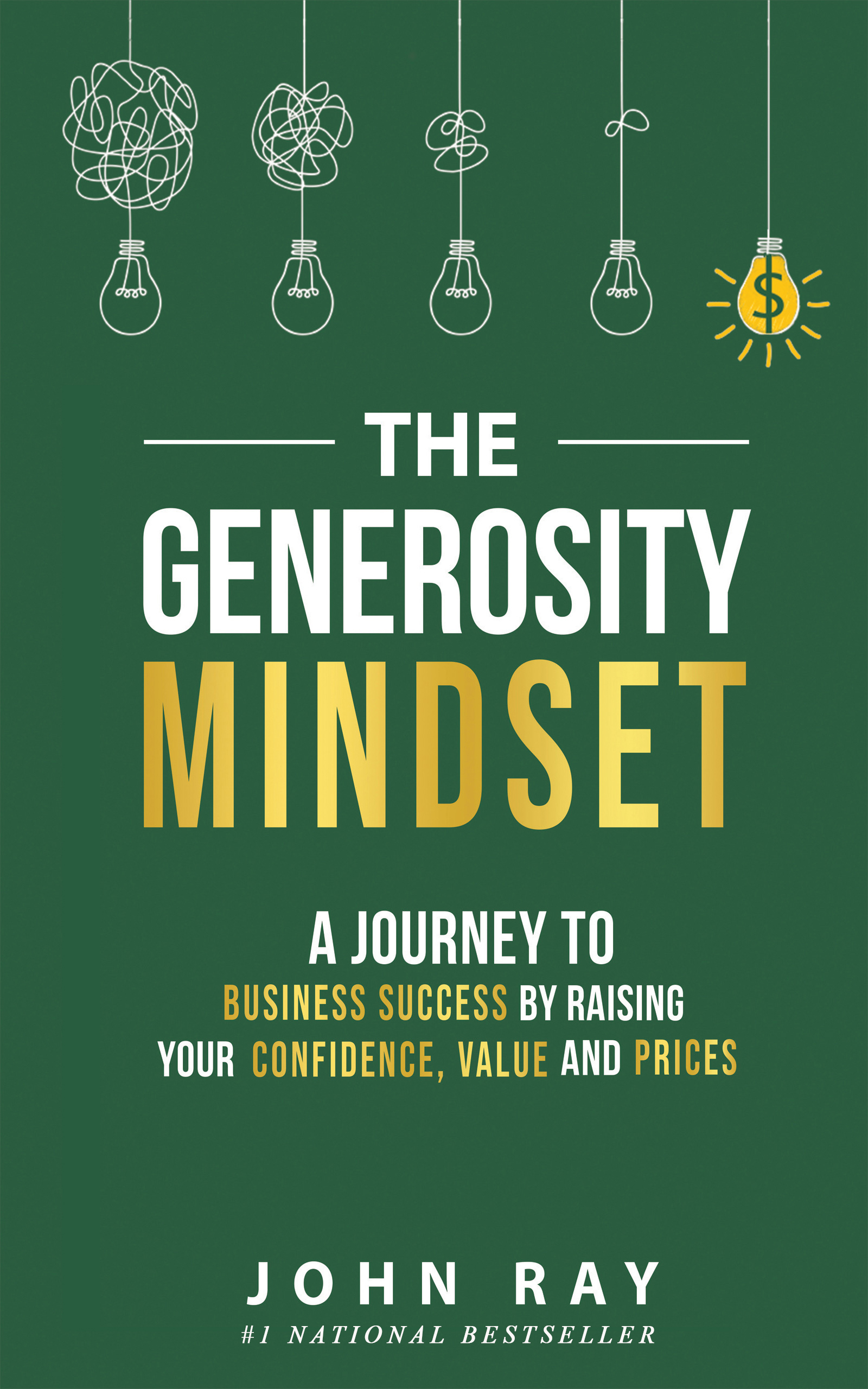 John Ray also operates his own business advisory practice. John’s services include advising solopreneurs and small professional services firms on their value, their positioning and business development, and their pricing. His clients are professionals who are selling their expertise, such as consultants, coaches, attorneys, CPAs, accountants and bookkeepers, marketing professionals, and other professional services practitioners.
John Ray also operates his own business advisory practice. John’s services include advising solopreneurs and small professional services firms on their value, their positioning and business development, and their pricing. His clients are professionals who are selling their expertise, such as consultants, coaches, attorneys, CPAs, accountants and bookkeepers, marketing professionals, and other professional services practitioners.
John is the national bestselling author of The Generosity Mindset: A Journey to Business Success by Raising Your Confidence, Value, and Prices.


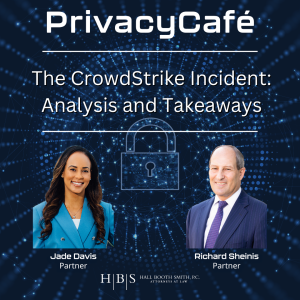



 Under Kate’s leadership, the bookstore has become more than just a place to buy books. It serves as a community gathering space, hosting various events such as children’s story time, book clubs, Bible studies, and author signings.
Under Kate’s leadership, the bookstore has become more than just a place to buy books. It serves as a community gathering space, hosting various events such as children’s story time, book clubs, Bible studies, and author signings.






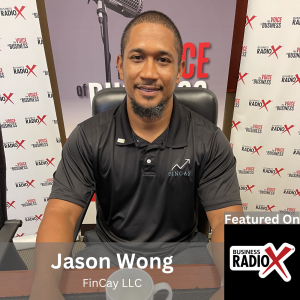

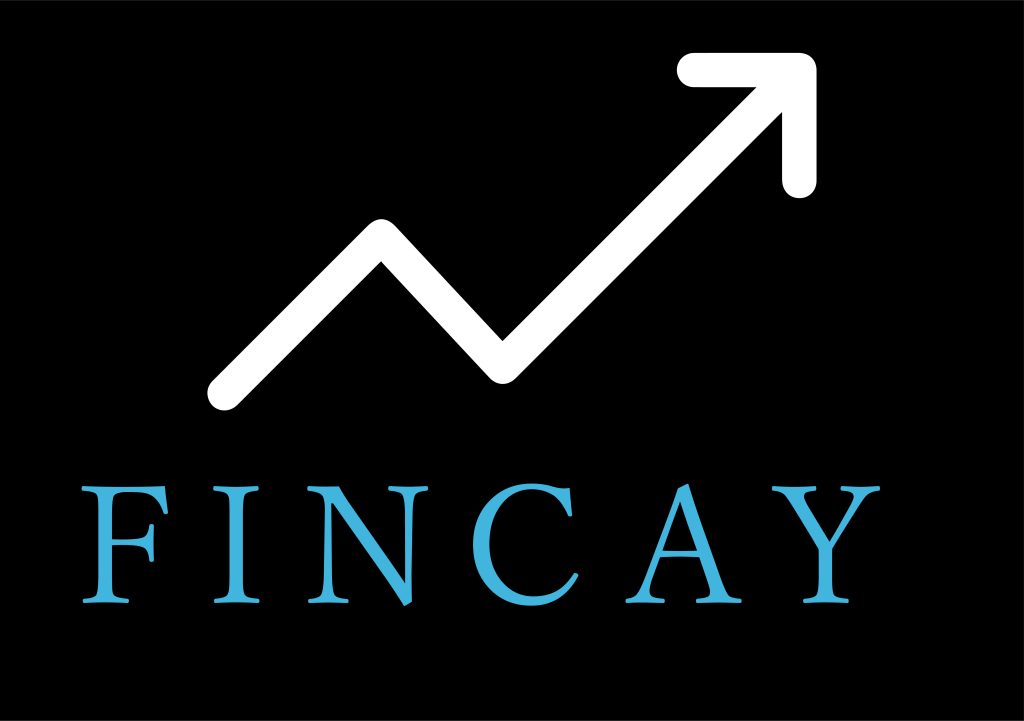 After gaining substantial expertise in the financial sector, Jason Wong and his business partner decided to establish their own accounting and bookkeeping company, FinCay Inc. In 2017, Jason returned to the United States with the goal of expanding the FinCay brand to successfully meet the needs of the U.S. market. He maintained existing services while transforming FinCay LLC into a certified tax firm, achieving QuickBooks ProAdvisor certification, and registering as a government contractor.
After gaining substantial expertise in the financial sector, Jason Wong and his business partner decided to establish their own accounting and bookkeeping company, FinCay Inc. In 2017, Jason returned to the United States with the goal of expanding the FinCay brand to successfully meet the needs of the U.S. market. He maintained existing services while transforming FinCay LLC into a certified tax firm, achieving QuickBooks ProAdvisor certification, and registering as a government contractor.
 Casa Nuova is a proud family-owned and operated restaurant, serving classic, authentic and traditional Italian cuisine and top tier hospitality since 1998.
Casa Nuova is a proud family-owned and operated restaurant, serving classic, authentic and traditional Italian cuisine and top tier hospitality since 1998.